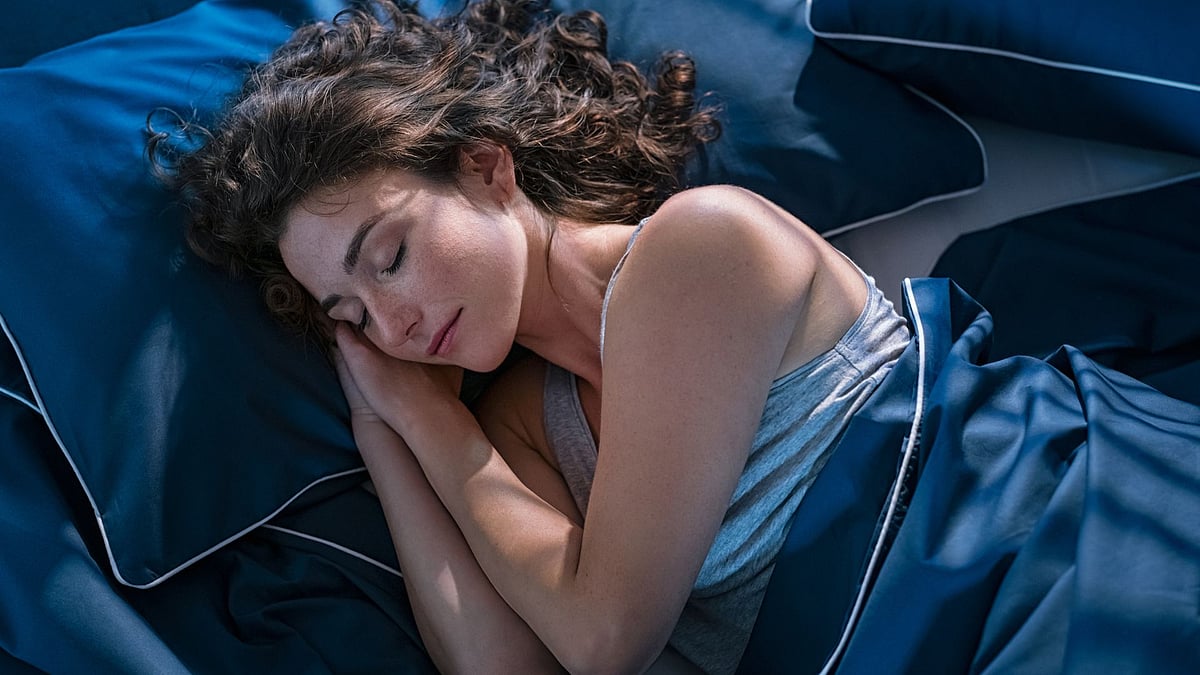The knee is a vulnerable joint that bears a great deal of stress due to wear and tear from daily activities like walking, kneeling, standing, lifting weight, etc. Activities such as sports or dance that involve jumping or quick twisting/turning, high-impact activities, also make a person vulnerable to knee problems. Being overweight also leads to cartilage breakdown. Common knee problems include sprained or strained ligaments, cartilage tears, tendonitis (inflammation of the tendons), and arthritis.
The femur and tibia bones that connect the knee joint are covered with cartilage that absorbs shock and protects the knee. The anterior, posterior, and collateral ligaments hold the knee joint firmly. And excessive locking puts a lot of stress on ligaments.
The knee area has a group of muscles like quadriceps muscles (located on the front of the thighs), which help keep the legs straight and hamstring muscles (located on the back of the thighs), which help bend the leg, and abductors (outer) and adductors (inner).
Symptoms of sprained or strained knees often include pain, swelling, and difficulty in walking. A torn cartilage can impact menisci (pads of connective tissue that act as a shock absorber). Cartilage tear often occurs with sprains. Wearing a brace while performing an activity may help protect the knee from further injury.
Tendonitis occurs due to the overuse of a tendon during activities like running, jumping or cycling. Osteoarthritis is caused by excess stress on the joint such as repeated injury or being overweight. Rheumatoid arthritis leads to inflamed joints by destroying the knee cartilage. It often affects persons at an earlier age than seen in osteoarthritis. Some exercises can strengthen the knees and lessen pain if a person has osteoarthritis.
Types of exercises
Half wide squats: Half squats are an excellent way to strengthen quadriceps, glutes, and hamstrings without straining knees. Stand with your feet wide apart. Place your hands on your hips or in front of you for balance. Slowly squat down about 8-10 inches. This is the halfway point to a full squat. Pause for a few seconds, then raise by using your thigh strength. Do two to three sets, repeat 10 times).
Leg curl (standing): Stand straight and hold onto the back of a chair. Bend your right knee and lift the right foot as high as you can towards your glutes. Hold for three to five seconds. Try doing 10-15 reps twice a day. Be sure to keep your upper body straight. To make the exercise more challenging, one can add ankle weights to the working leg. Switch sides and repeat. Do two to three sets and repeat 10 times with each leg.

Leg extensions: Sit in a chair. Keep your feet flat on the floor. Look straight ahead, contract your right thigh muscles and extend that leg as high as possible. Hold and then lower to the starting position. Two to three sets, repeat 10 times with each leg.
Bridging: Lie down on your back on the floor or bed with both knees bent at a 90° angle and your feet flat on the floor/bed. Raise your hips as high as you can by contracting your glutes. Hold this bridge position for three to five seconds and lower slowly. Repeat 10-15 times. Increase intensity by raising one leg at a time.
Calf raise: There are numerous calf exercises. The first one is: Stand and hold onto the back of a chair. Slowly raise your heel and then lower back to the standing position. Repeat this 10-15 times. Second one: Stand with your feet shoulder-width apart. Position yourself next to a wall or hold on to the back of a chair for support. Lift both your heels off the ground so that you’re standing on the balls of your feet. Slowly lower your heels. Control is important with this exercise for strengthening your calf muscles. Do two to three and repeat 10 times.
Wall squats: Stand with your back against the wall and feet shoulder-width apart. Bend your knees and take a squat position--as if you are going to sit on a chair. Straighten your legs and return to the starting position (five sets). Gradually increase reps or range to challenge yourself by holding the squat position deeper and for a longer time. If pain persists, do the other exercises.
Stretching exercises
Hamstring stretch: This stretch targets at strengthening hamstrings and glutes. Place right leg above the chair and stretch down slowly. Try to reach the toes with the right hand without bending the knee. Hold for 20 seconds. Repeat on the left side.
Quadriceps stretch: This stretch specifically targets your quadriceps, the muscles at the front of your thighs. It improves flexibility in your hip flexors and quadricep muscles. Bend one knee so that your foot goes up towards your glutes. Grab your ankle and gently pull it towards your glutes as far as you can, comfortably. Hold for 30 seconds. One can take the support of a chair to perform this stretch.
(The writer is ACSM and Yoga Alliance certified personal and group trainer)













